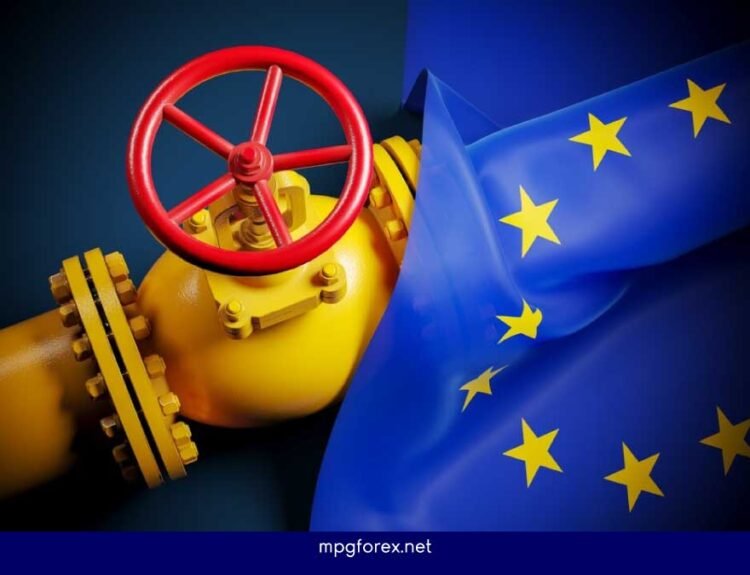Spending by consumers soars while personal income rises
In March, personal income climbed by $122.0 billion, or 0.5 percent, as per the most recent figures released by the Bureau of Economic Analysis. There was a 0.5 percent increase in disposable personal income (DPI), which comes out to $104.0 billion and does not include personal current taxes.
Furthermore, there was a notable increase in personal consumption expenditures (PCE) of $160.9 billion, or 0.8 percent.
The PCE price index increased by 0.3 percent, and when food and energy were subtracted, the increase was much greater. In March, real PCE increased by 0.5 percent, mainly due to a 0.2 percent increase in services spending and a 1.1 percent increase in goods spending. In contrast, real DPI increased by a meager 0.2 percent.
Increased pay was a major factor in the current-dollar personal income boom. Notably, an $80.6 billion increase in services spending and an equal increase in goods spending drove the $160.9 billion increase in PCE for March. While gasoline and other energy commodities led the rise in goods spending, health care, housing, and utilities were major contributions to the increase in service spending.
In March, there was a $172.1 billion increase in personal outlays, which include PCE, personal interest payments, and personal current transfer payments. At $671.0 billion, personal savings amounted to 3.2 percent of total savings.
In terms of pricing, the PCE price index increased by 0.3 percent in March over the previous month, with a 0.4 percent increase in service prices and a 0.1 percent increase in goods prices. While energy prices increased by 1.2%, food prices experienced a modest decline. The PCE price index grew by 0.3 percent even after accounting for food and energy.
On a year-over-year basis, the PCE price index for March increased by 2.7 percent, with services prices rising by 4.0 percent and goods prices by 0.1 percent. Food prices increased by 1.5 percent, while energy prices saw a 2.6 percent rise. Excluding food and energy, the PCE price index rose by 2.8 percent compared to the same period last year.
The 0.5 percent increase in real PCE for March was driven by a 1.1 percent increase in goods spending and a 0.2 percent increase in services spending. Notably, health care services were a significant contributor to the rise in service spending.
The latest data on personal income and expenditures highlights robust consumer spending, driven by increased income and a rise in both goods and service consumption. These trends may have implications for overall economic growth and inflation dynamics, which warrant close monitoring in the coming months.
read also:
China’s Growth Outlook for 2024 Is Raised To 4.8%, But Deflation Risk Persists
Bonds prepared for another spike in inflation
resurgence of Middle East Concerns Drives Up Prices of Brent and WTI
Bank of England holds interest rates










